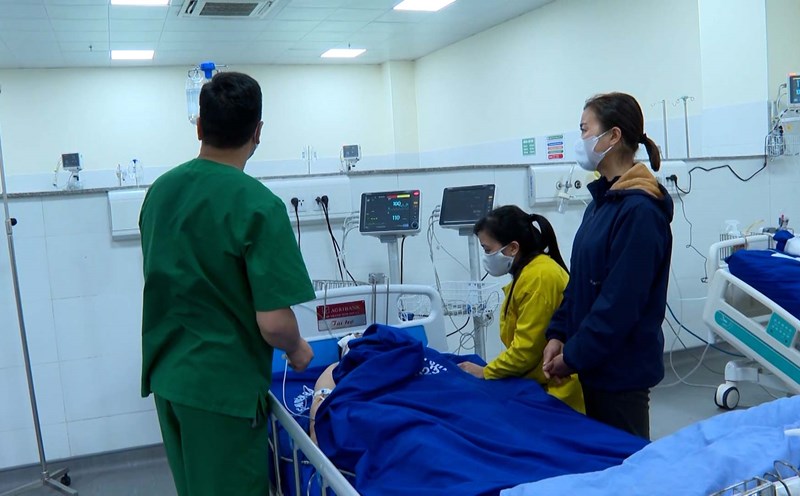On February 22, speaking with reporters, a representative of the People's Committee of Ha Quang district said that on February 26, the authorities of Ha Quang (Cao Bang, Vietnam) and Na Po districts (Vangxi, China) will hold talks related to the construction of a specialized route for freight transportation.
According to the representative of the People's Committee of Ha Quang district, this project includes a bridge designed with a scale of four lanes, 27m wide and about 24m long, connecting the two countries.
"At the meeting, the parties will discuss and agree on contents related to design approval and construction time. The implementation process will require many steps of censorship and exchange between the authorities of the two countries," he said.
According to research, over the years, local governments of the two countries have repeatedly held talks on building a specialized route to transport import and export goods through the Soc Giang (Vietnam) - Binh Mang (China) border gate pair.
Recently, on February 21, within the framework of the 16th Joint Working Committee Conference between the four provinces of Vietnam and the Guangxi Zhuang Autonomous Region (China) held in Quang Ninh, Mr. Le Van Dinh - Director of the Department of Transport of Cao Bang province - proposed that the two sides continue to promote the role of the bilateral cooperation mechanisms established.
He proposed to promote cooperation in key contents such as: completing procedures for putting the Ta Lung (Vietnam) - Thuy Khau (China) Road Bridge II into operation; submitting to competent authorities for approval the project to build a specialized route for freight transport at Soc Giang - Binh Mang border gate; at the same time, continuing to coordinate investment in developing technical infrastructure at border gate areas, including transportation systems, warehouses, logistics services and communication to promote trade activities between the two sides.
The construction of this specialized route is expected to contribute to improving customs clearance capacity, reducing pressure on existing routes, and at the same time promoting trade between Vietnam and China, creating momentum for economic development in the border area.











